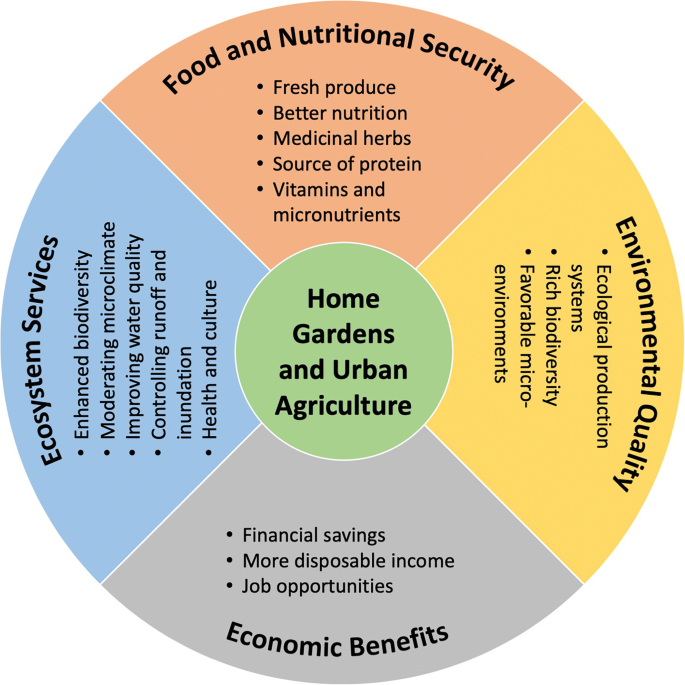The 7-Minute Rule for City Blooming
The 7-Minute Rule for City Blooming
Blog Article
City Blooming Can Be Fun For Everyone
Table of ContentsThe Ultimate Guide To City BloomingHow City Blooming can Save You Time, Stress, and Money.The 9-Second Trick For City BloomingFacts About City Blooming UncoveredGetting My City Blooming To Work
Nature has amazing effects on our physical and mental health, so it's not a surprise that a simple delicious on a desktop or some potted herbs on a windowsill can right away improve a room. Take those plants a step even more, and you'll go across into the area of urban gardening, which brings a lot more benefits to people and neighborhoods alike.Urban yards can be had a tendency by individuals, groups, business, or companies. The amount and variety of food grown can vary extensively, as well as the size of the job itself, yet city horticulture efforts are all rooted in a city setting.
Whether they include a collection of pots on a balcony or a collection of stories on a vacant lot, these yards provide even more than food, providing a host of ecological, financial, and social benefits. Since fruit and vegetables is grown in neighborhood setups in contrast to far-away ranches, city gardening lowers transport requirements, consequently lowering carbon exhausts.
Not known Facts About City Blooming
Lasting and organic farming eliminates or minimizes much of the ecological injury that would certainly be sustained by industrial agricultural methods. Eco-friendly rooms in cities help in reducing the urban warm island result. Urban farming promotes regional economies and supports regional food producers. Area gardening tasks usually use food at little or no charge, which helps reinforce food budgets and enhance food security. Urban gardens can be tools of social change that address inequities, systemic racism, and community development problems. Below at Cravings For Change, we make use of food as a device to build health, riches, and social adjustment in North Minneapolis. We bring individuals together to find out, cook, consume, and grow food, creating change that lasts.
With each other, we can create well-rooted and growing adjustment!.

The primary lesson we, as soon as again, need to learn is that cities are not divorced from nature. They belong of the bigger biome in which they're situated. As organizers and developers, we are educated to believe holistically. While these disciplines promote cities as beneficial, no city is best not even close, and the vulnerabilities and interconnections of the worldwide supply chain has influenced all of us in unforeseen means.
City Blooming for Dummies
I will look at versions from the past that promoted urban yards and gardeners, and reveal what worked and what did not. I will certainly discuss the chances and challenges of being an urban gardener, what is required to set up a yard of your very own, and what laws and criteria stand in the means of making cities better at advertising metropolitan yards.
The quantity of time lost obtaining to and from typical offices has been well recorded. One notable research wrapped up that before the pandemic, Americans threw away an average of 54 hours a year commuting. container and raised bed gardening etc. The accumulated adverse results of contamination and tension that result from commuting alone by car as a lot of Americans do are substantial.
The capability to come to the office for cooperation and culture, and remain home for focused work is an idea that saves time, is much better for the environment and is a smarter usage of limited sources. What hasn't yet taken hold is the link in between these adjustments in habits and how cities could respond.
The Best Guide To City Blooming
What are the health impacts of our cities unexpectedly overdesigned for cars and trucks? Exactly how can our city infrastructure (roadways, energies) do much better, not just as channels to move people and products, however as contributors to natural systems? Urban sensations such as smog, poor water top quality and the 'heat island impact' can be minimized by greening our streets, amazing our automobiles and growing our car park.
In a current short article in the Wall Road Journal, Richard Florida talked about the phenomenon of 'zoom cities,' which draw in remote workers by developing an image of a better of life (eco-friendly practices). He created: "For cities, remote work alters the emphasis from tempting business with unique offers to luring talent with services and facilities
Urban horticulture now has numerous options to aid you expand food anywhere you have space, such as with container gardening, hydroponic gardening, and roof horticulture. This indicates you can control the location where you grow the food, and stress less concerning ecological problems like dry spell or chilly weather condition. You can select what you wish to expand, just how you desire to expand it, and where you intend to expand.
7 Easy Facts About City Blooming Described
Expanding mass-produced food with conventional farming approaches takes a whole lot out of the world. Beyond the several resources that are used on the farm, the food after that needs to be moved from where it is expanded to a store near you. That requires melting a great deal of gas. Generally in the united state, food is currently transported between 1,500 and 2,500 miles to get to the consumer.

Report this page